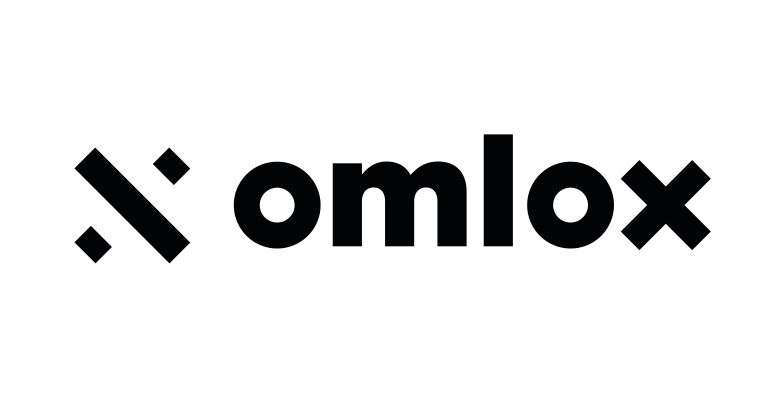
omlox Technology
omlox is an open and interoperable standard for a real-time location system (RTLS) in industry. The focus of omlox is to define open interfaces for an interoperable localization system. omlox enables interoperability and flexibility amongst different trackable providers within single or multiple tracking zones.
omlox consists of two parts...
... and standardizes their interfaces.
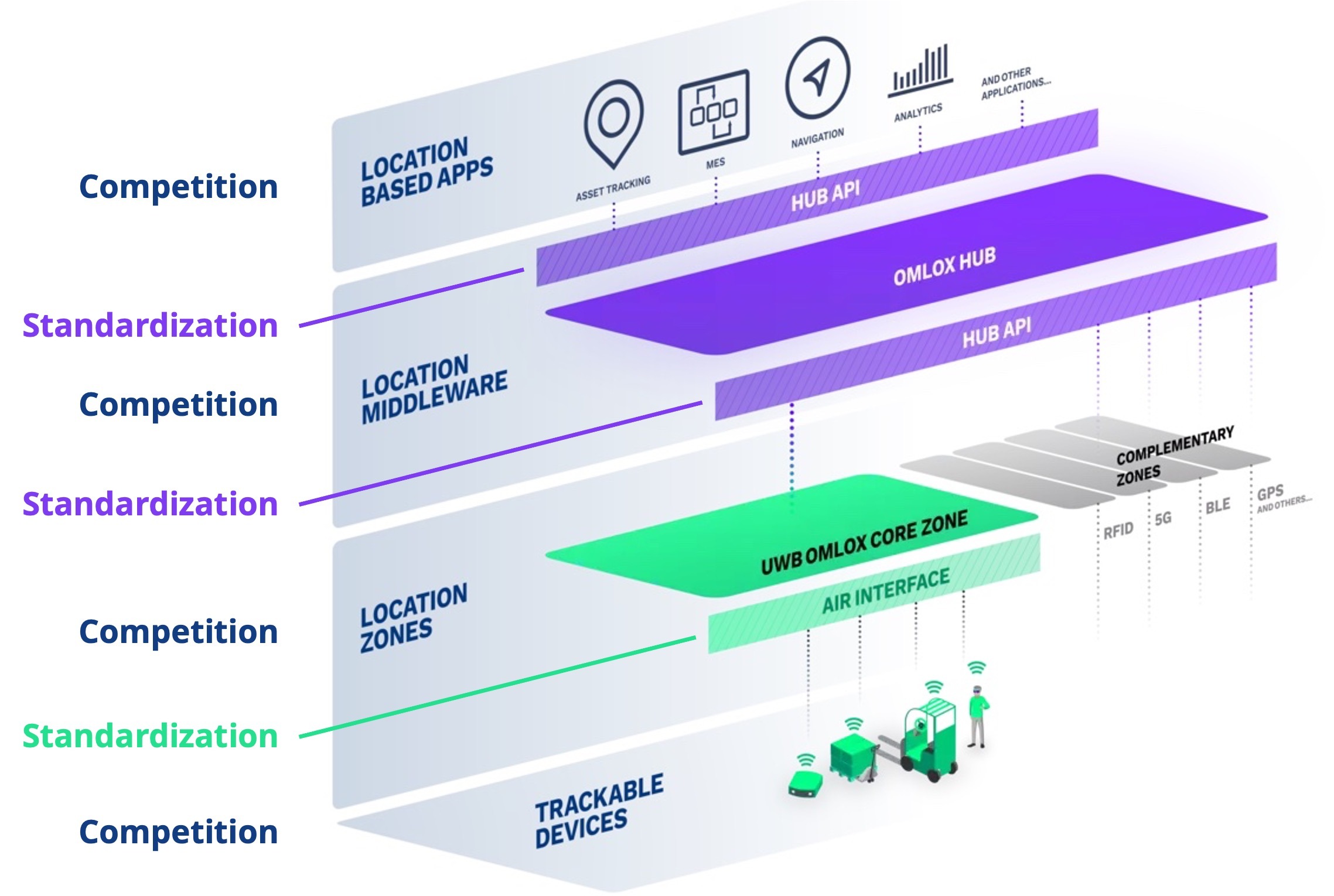
omlox Core Zone
The omlox core zone works in conjunction with open interfaces and ultra-wideband (UWB) technology. The UWB radio standard is often used for indoor locating tasks in factories, such as navigating automated guided vehicles (AGV), autonomous mobile robots (AMR) or drones, and locating materials or orders. On the one side, the omlox air-interface connects products (e.g. AMRs) and infrastructure (e.g. satellites). On the other side, the omlox hub API connects the core zone with the hub. Interoperability allows companies to easily network all omlox-enabled UWB products, regardless of the manufacturer.
Why use UWB?
Different devices from different suppliers
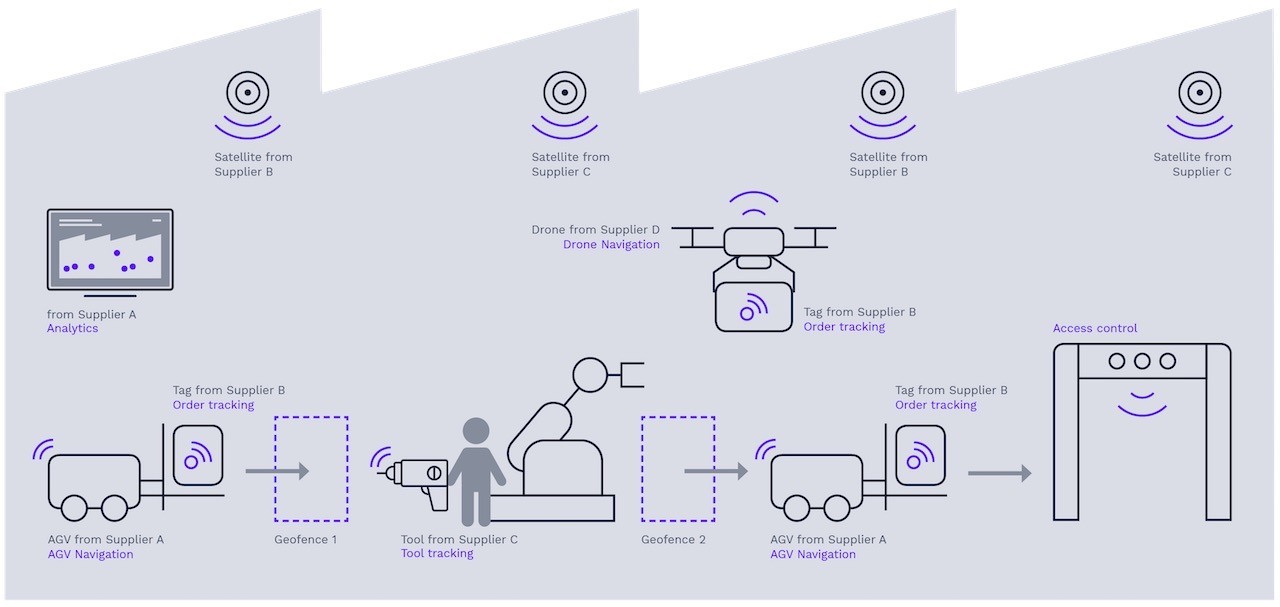
What about Line of Sight and UWB?
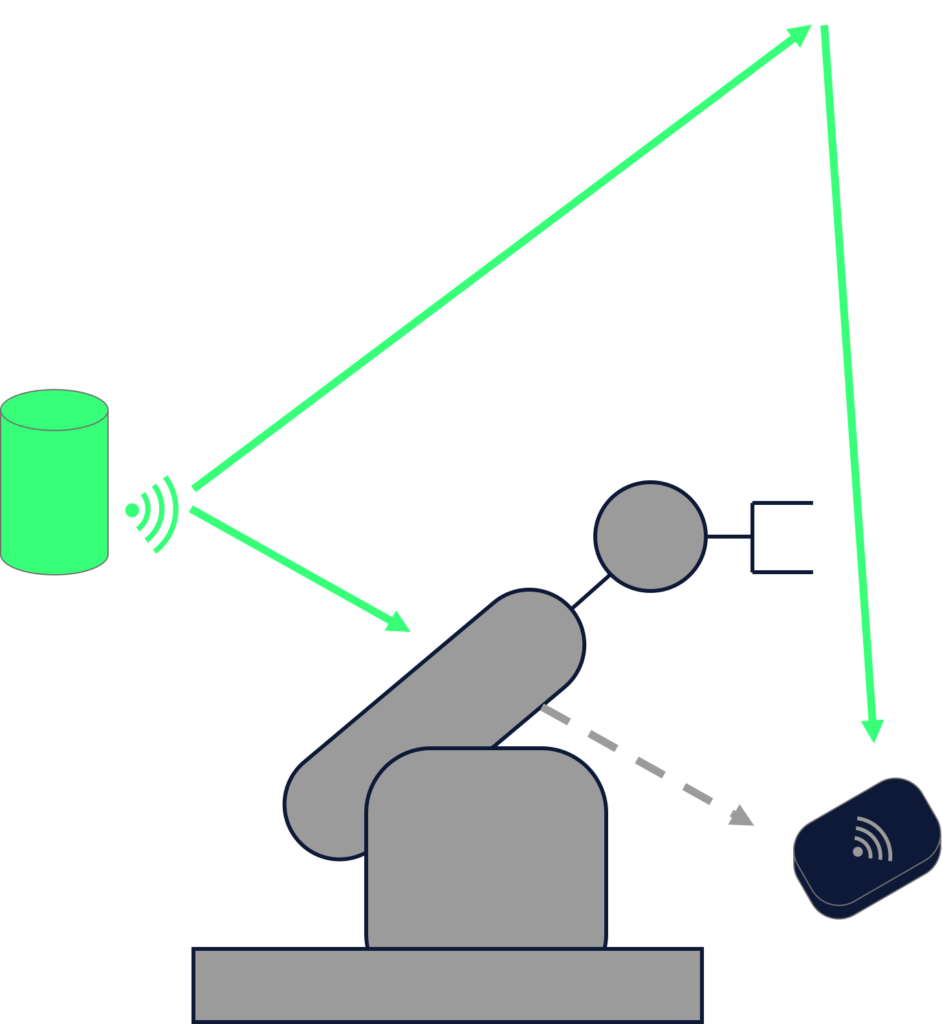
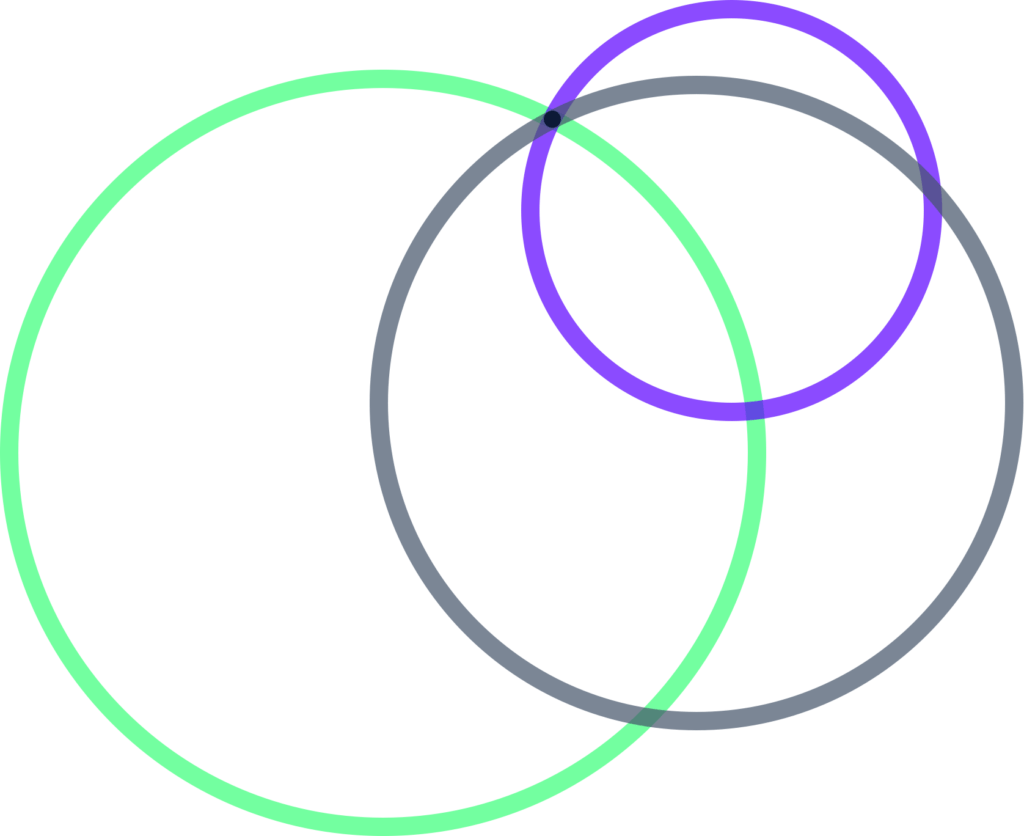
Reconstructed Time of Flight (RToF)
RToF is a technique which enables trilateration based on distances from the mobile sensor and the fixed anchors. This calculation scheme has better tolerance for incorrect measurements, which can occur due to obstacles in NLoS instances.
omlox Hub
In addition to UWB, other locating technologies such as RFID, 5G, Bluetooth, Wi-Fi, and GPS are often used in production, delivery, and storage. The omlox hub enables interoperability and flexibility across these different complementary zones. Applications such as production control systems, goods tracking, and navigation can therefore be networked across zones.
What are the benefits?
omlox facilitates the transitions across, and unifies outdoor locating technologies and indoor locating technologies
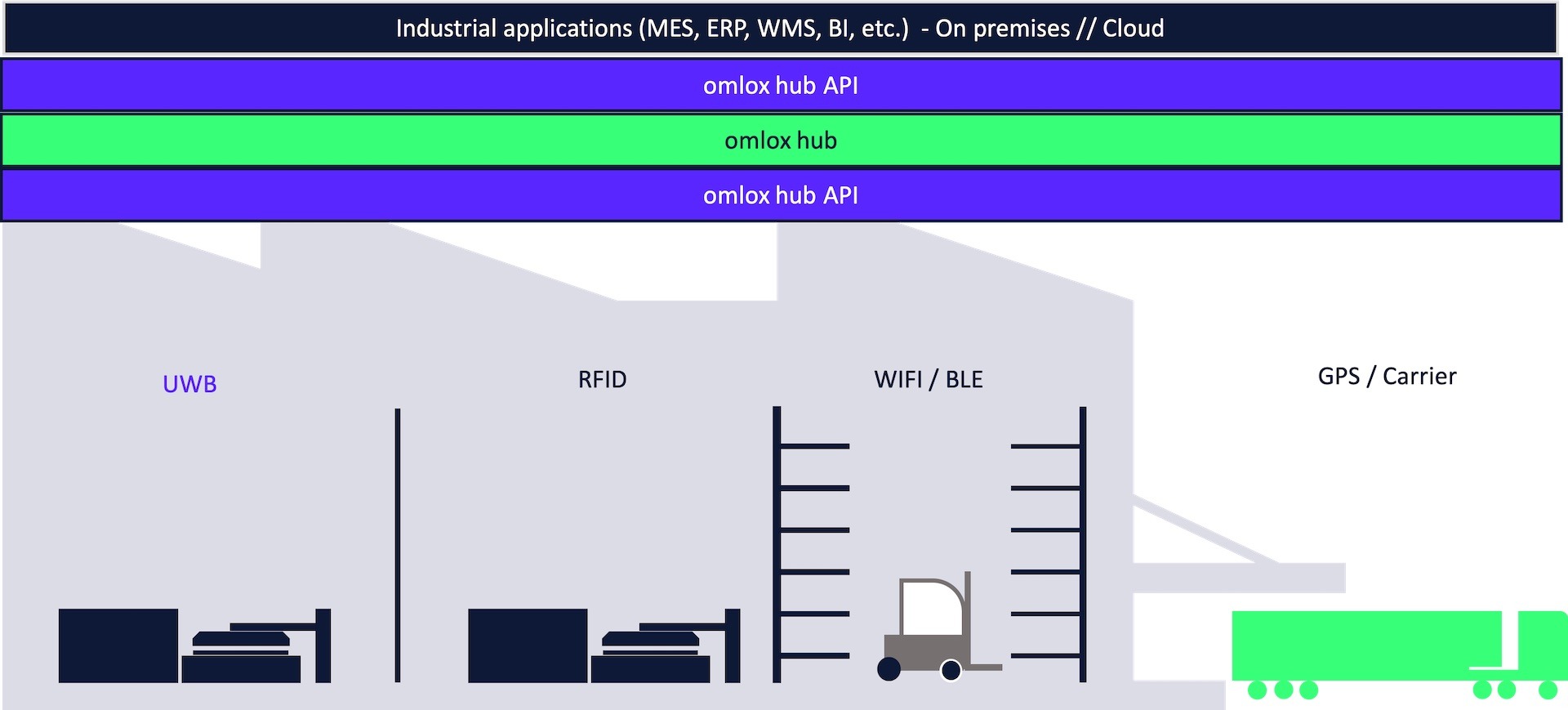
omlox hub API
Currently the omlox hub supports two connection and data transmission types – HTTPS/REST and WebSocket.
Zone API
The zone API describes the setup of a zone, including associated spatial operations like geo-coordinate transformation.
Trackable API
The trackable API deals with handling of trackable things within the omlox ecosystem.
Provider API
The provider API describes the setup of a location provider and the advertisements of location updates to an omlox hub.
Fence API
The fence API handles the creation, update and deletion of fences.
